A Glance Back at Yan’an Forum on Literature and Art
In May of 1942, as part of the Yanan Rectification Movement(1942-1944) launched by the Communist Party of China(CPC), Mao Zedong hosted three meetings of the Yanan Forum on Literature and Art which attracted participation from more than 100 heavyweights of literary and art circles as well as leading CPC officials. During the forum, dozens of notable figures took the floor and spoke, and Mao delivered introductory and concluding speeches.
According to Hu Qiaomu, Maos secretary at the time, five major problems plagued Yanan literary and art circles. First, obsession with disclosing darkness and aversion to anything positive had almost become the fashion. Second, artists had been divorced from reality and the masses. For instance, large-scale dramas and foreign operas dominated the stage. Third, some believed that Marxism hindered literary and artistic creation. Fourth, some writers were too tolerant of intellectual shortcomings, defending and even encouraging them. Fifth, there was a lack of solidarity among literature and art experts.
Facing such a complicated situation, Mao cut straight to the core of these problems: Artists should be aware that all art should serve the masses and conceive their own ways to serve the masses. Without solving this problem, many other related problems couldnt be easily solved. He encouraged artists to actively participate in the Rectification Movement and create work intended for the masses.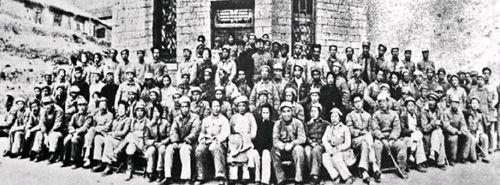
As for how art should serve soldiers in the army, workers in factories and farmers in the fields, Mao emphasized popularization and improvement. “When speaking of popularization and improvement, I mean that art should become popular with soldiers, workers, and farmers and improve by learning from these people,” Mao declared. At the time, he believed that popularization was most urgent, which required efforts to learn from soldiers, workers, and farmers combined with the injection of characteristics of the era.
After the forum, Maos speeches were edited and published as Talks at the Yanan Forum on Literature and Art. The Yanan Talks summarizes the basic history of Chinas revolutionary literature and art movement and stresses that art should serve the masses, especially soldiers, workers, and farmers.
The forum and Maos speeches produced a roadmap for many engaging in literature and art. Inspired by the forum and talks, artists ventured to the countryside, factories and front lines to live and create, producing works popular with the masses that addressed spiritual needs while defending against the Japanese invasion (1937-1945), such as the opera The White-Haired Girl and novels The Marriage of Young Blacky and Rhymes of Li Youcai.
In terms of the far-reaching influence of The Yanan Talks, Hu Qiaomu declared in his book Memories of Mao Zedong that the fundamental spirit of Maos talks guided Chinas literary creation and development for decades and should be maintained forever.
Attendees at the Yanan Forum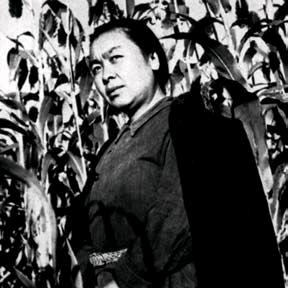
Ding Ling (1904-1986), a modern revolutionary writer, gained fame for Ms. Sha Feis Diary, and the novel The Sun Shines over the Sanggan River won her Stalin Prize for Literature. A leftist writer, Ding devoted herself to the revolution enthusiastically and used her pen to comment on the revolutionary life of the Communist Party, Chinese army and people.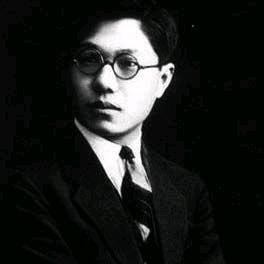
He Qifang (1912-1977), a modern poet, essayist and literary critic, graduated from the Philosophy Department of Peking University. In 1938, he began teaching at Yanan Lu Xun Art School and became a CPC member. He accomplished considerable pioneering work in revolutionary art. After 1949, he gave up writing and focused on literary criticism, literary theory research and teaching. He once served as a member of the China Federation of Literary and Art Circles.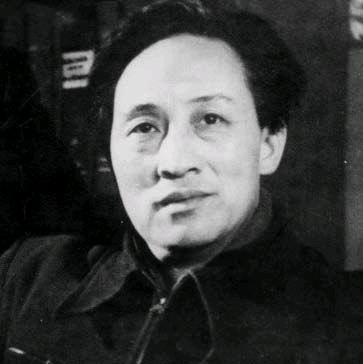
Ouyang Shanzun (1914-2009), a founding father of modern Chinese drama, began his career in the Shanghai Save-theNation Troupe after the start of the War of Resistance against Japanese Aggression. Later he went to Yanan, a revolutionary base of the Communist Party of China (CPC) and directed a dozen revolutionary dramas that received letters of praise from Mao Zedong. After 1949, Ouyang led the establishment of Beijing Peoples Art Theater and promoted realism in drama. Some plays he directed have become classics.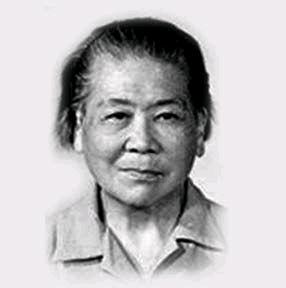
Zhang Wuzhen (1901-1997) was an art teacher in Hunan Province, China, and Java in her early years. Then, she studied oil painting at the French National Higher Art School. In 1993, she joined underground revolutionary activities in Hong Kong. After 1949, she became a teacher in Yanan Lu Xun Art School and served as deputy secretary-general of Chinese Artists Association.
China Pictorial2015年2期
